Walk in Anita Mui and Leslie Cheung’s Footsteps: Retracing the Iconic Hong Kong Movie ‘Rouge’
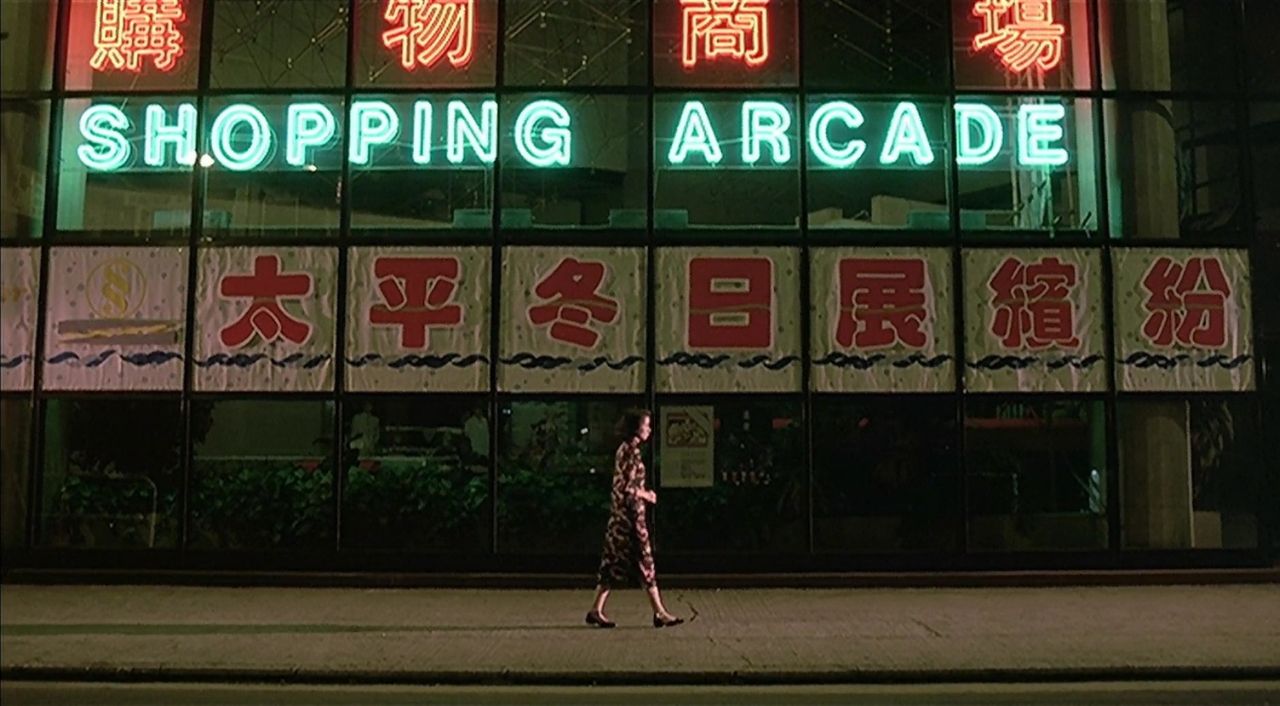
Rouge is a famous 1987 Hong Kong movie starring two of the former crown colony’s all-time biggest stars: Leslie Cheung and Anita Mui. Adapted from the eponymous novel by prolific novelist Lilian Lee and directed by Stanley Kwan, the film follows the ghost of the alluring courtesan Fleur (Anita Mui), who has been looking for her long lost lover, the wealthy heir Twelfth Master Chan Chen-Pang (Leslie Cheung), for fifty years.
Lonesomely wandering around 1980s Hong Kong, Fleur decides to place a missing person ad in a local newspaper in a desperate attempt to find Chan, whose ghost never arrived to meet her in the afterworld. In the newsroom, she draws journalist Yuen-Ting—who is jotting down her ad—into the story of her doomed romance. Yuen-Ting and his girlfriend, Ah Chor, set out to help reunite the couple. Will they succeed? And can love really last beyond death?
With its tragically romantic story, charismatic leads and lush, nostalgic sets, Rouge was an instant box-office hit. The film won six awards at the 1988 Hong Kong Film Awards, including Best Picture, Best Director, and Best Actress. Knowing of the untimely deaths of both its leading actors—Leslie Cheung died of suicide on April 1st, 2003, and Anita Mui succumbed to cervical cancer just a few months later, on December 30th—adds to the movie’s deeply melancholic mood when watching it today.
Rouge is primarily staged in 1930s Shek Tong Tsui and filmed on location in 1987. In the early 1900s, Shek Tong Tsui was an entertainment hotspot and a notorious red-light district. However, by the time the eighties rolled around, there wasn’t much left of the neighbourhood’s playful past. Today, Shek Tong Tsui is your typical, slightly sleepy residential area, but if you look closely, you’ll still be able to spot traces of its fascinating history.
We put together a walking route for you to retrace the steps of the star-crossed lovers and visit some of the places featured in the film. Join us for a nostalgic journey back in time to 1930s and 1980s Hong Kong!
1. Yi Hung Brothel
The next day, March 8, 1934, at 11 pm, we committed suicide at Yi Hung Brothel. I later heard from the prostitutes who died that prostitution was banned the following year.
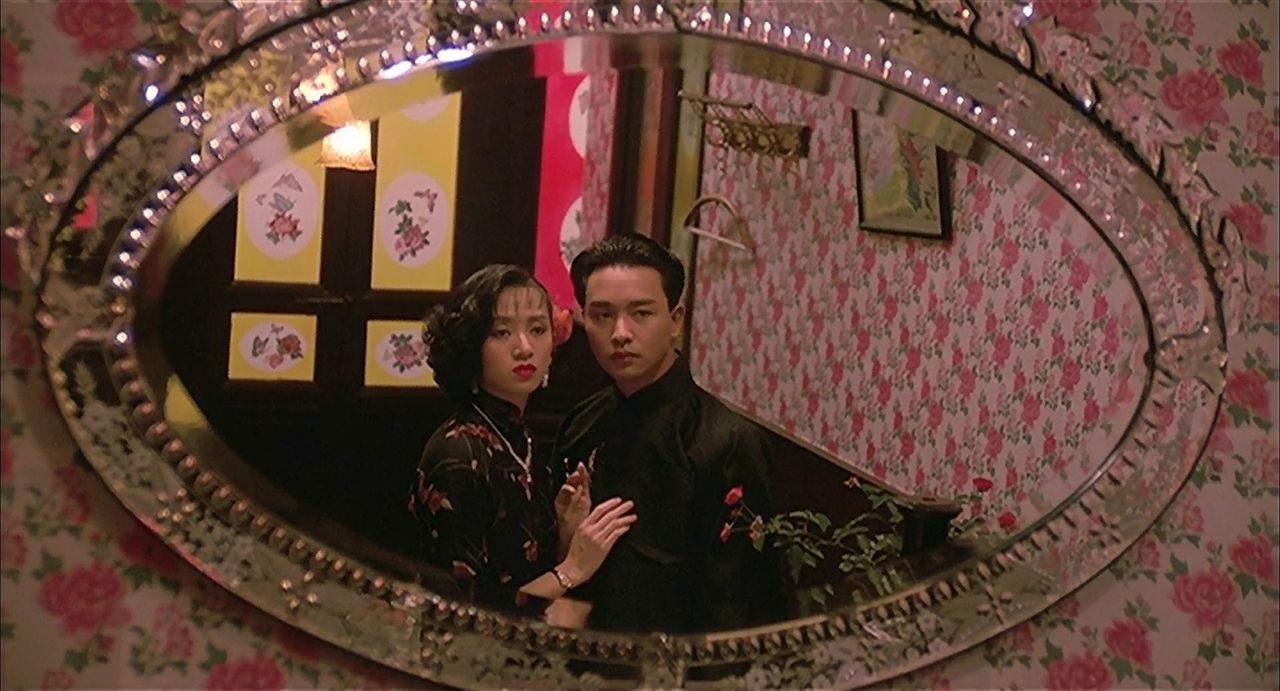
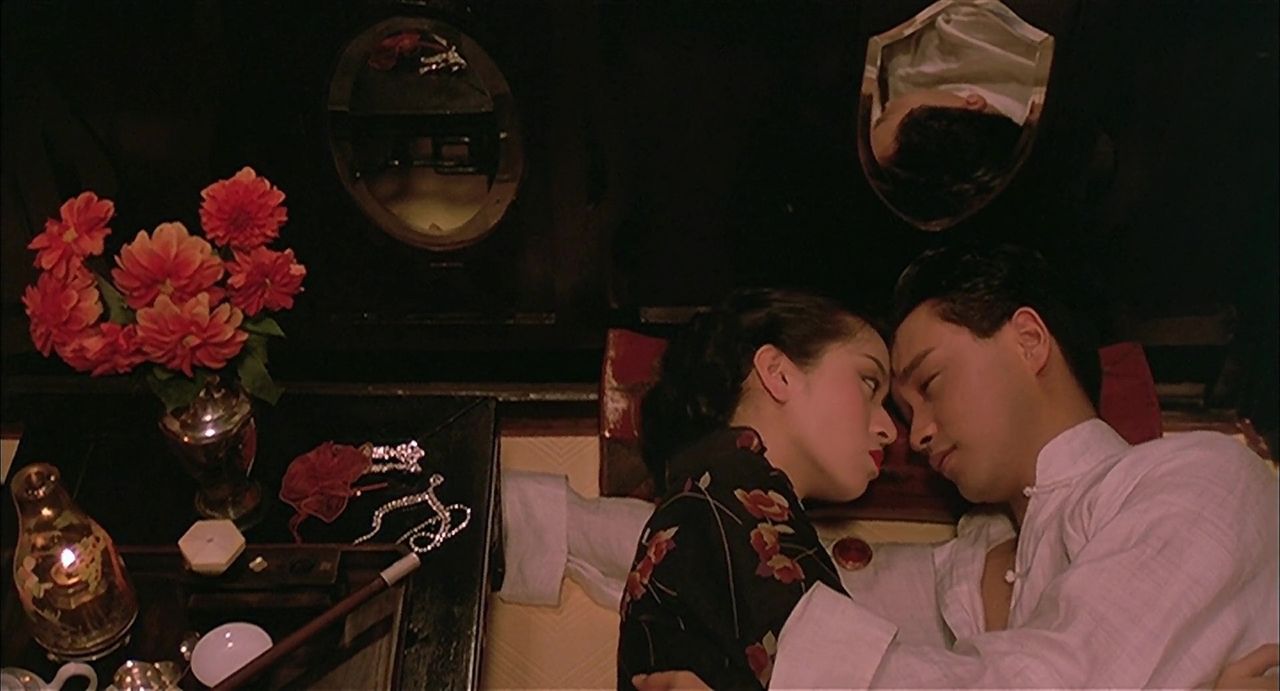
The lavish Yi Hung brothel at Hill Road, where Fleur works as a courtesan, is one of the most prominently featured locations in the movie. This is the place where Fleur and Chan fall in love and, ultimately, agree to a suicide pact after realising that Chan’s wealthy family will never allow him to marry her. The lovers overdose on raw opium together, vowing to meet again in the afterlife to be together forever.

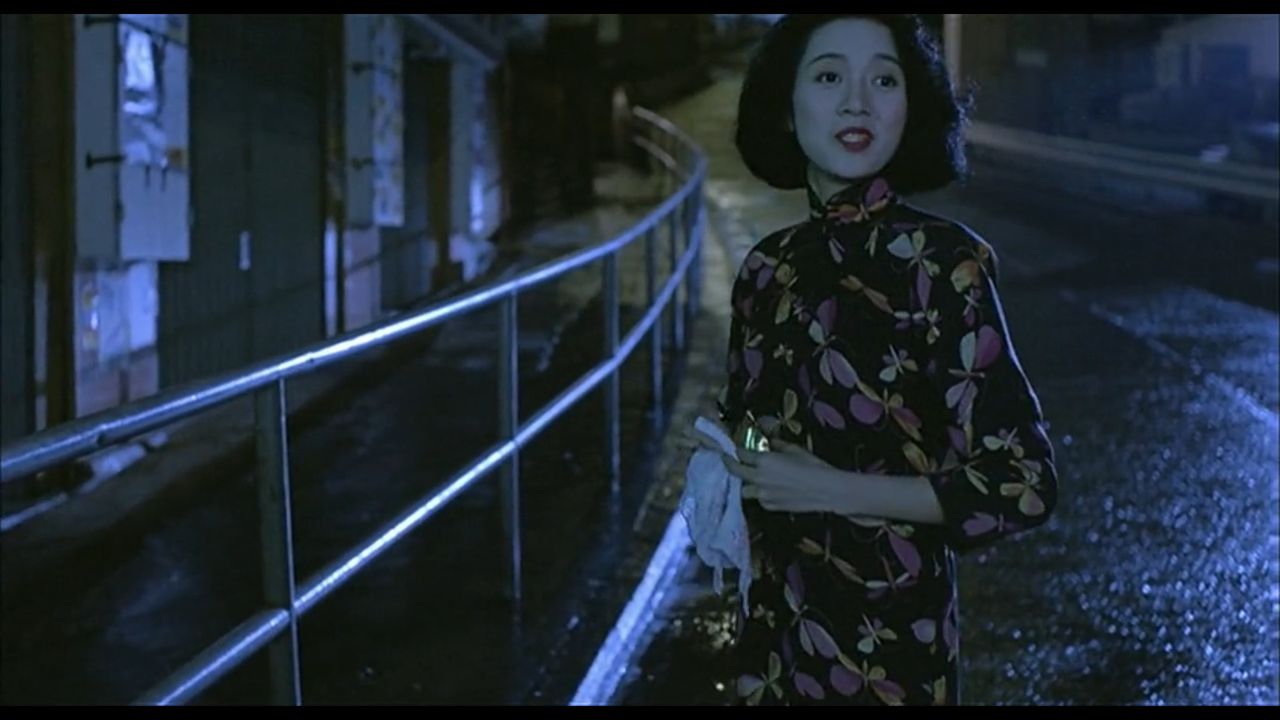
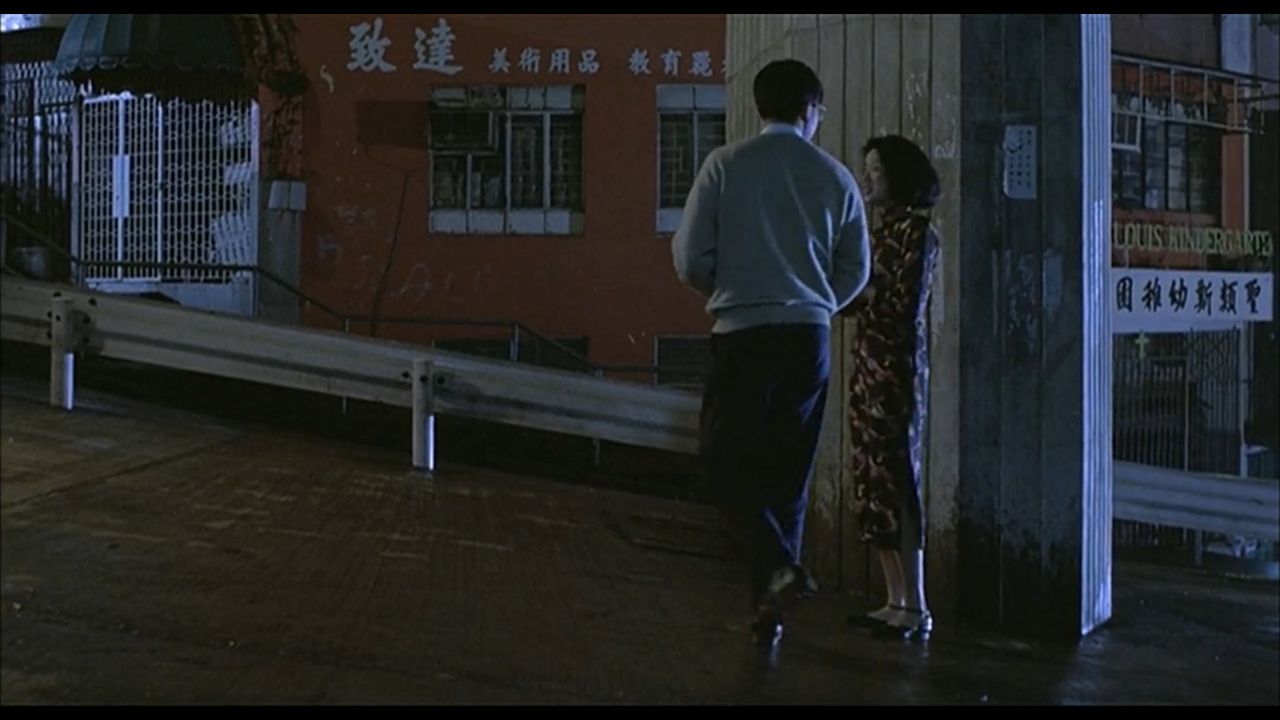
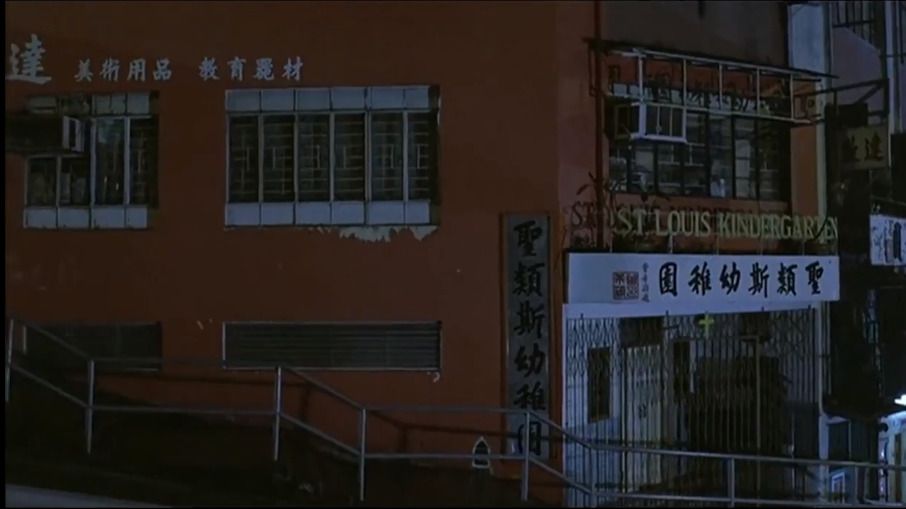
53 years later, Shek Tong Tsui looks very different from how Fleur remembers it. Feeling lost and disoriented in modern-day Hong Kong, Hill Road is the first place she wanders to in hopes to find Chan. Once there, she finds out that a kindergarten stands in Yi Hung’s place…
Located right next to where Yi Hung used to be you’ll find Hill Road’s now-famous, snake-like flyover. The flyover opened in 1981, just a few years before Rouge was filmed. Fleur isn’t the only ghost who has wandered around the unusually tall road: every year, during the seventh month of the Lunar calendar, a three-day-long Ghost Festival takes place underneath the flyover. Workers construct a magnificent bamboo open-air theatre along the street slopes for the occasion. The festival kicks off with a street parade in Shek Tong Tsui, and every night there are Chiu Chow opera performances to “please the spirits”.
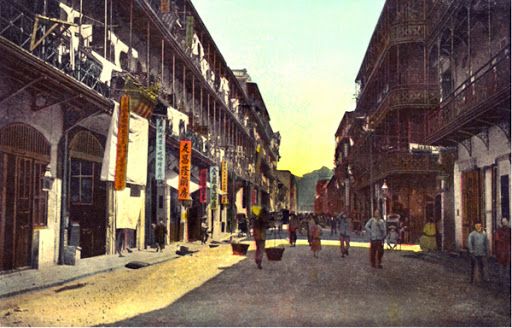
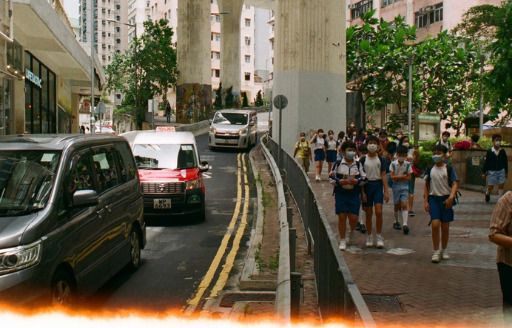
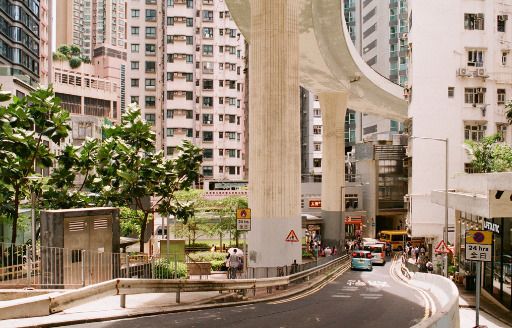
4 – 16 Hill Road
2. Kam Ling Restaurant
Yuen-Ting: “Why are you crying?”
Fleur: “Is this Shek Tong Tsui?”
Yuen-Ting: “It’s all changed now. This was the Kam Ling Restaurant… a long time ago.”
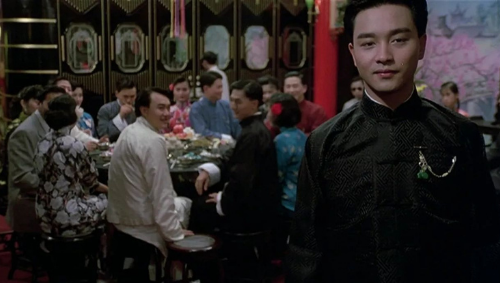
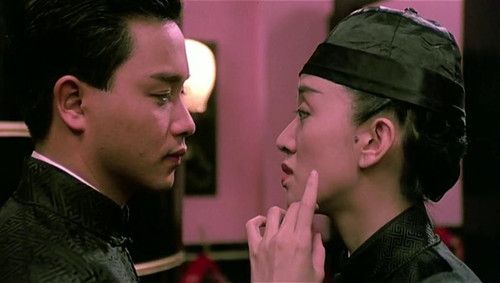
Fleur and Chan’s haunting love story begins at Kam Ling restaurant. Chan, who is late to meet his friends at the restaurant, arrives right when Fleur performs a woeful Chinese opera song. He is immediately captivated by her, and the feeling is mutual. Their chemistry is palpable, and it isn’t long before Fleur finds herself falling madly in love with Chan.
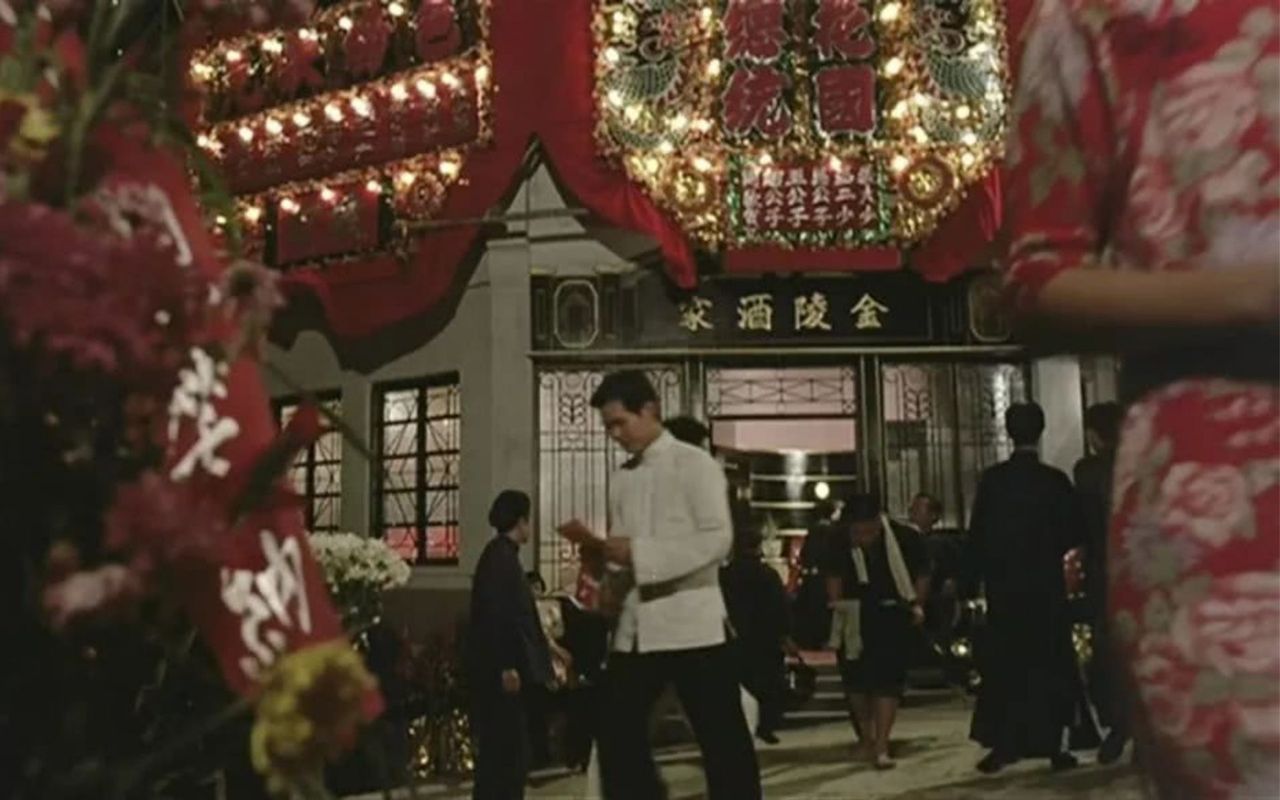

However, in 1987’s Hong Kong, Kam Ling is a distant memory replaced by a neon-soaked restaurant. Fleur is distraught: how will she ever find Chan now that everything she once knew looks so different?
Vanished Fixtures
Situated right across the Yi Hung Brothel, Kam Ling restaurant was a Shek Tong Tsui fixture for six decades. The restaurant operated from 1900 to 1960 and was the place-to-be for Hong Kong’s elite to enjoy fine foods and live entertainment.
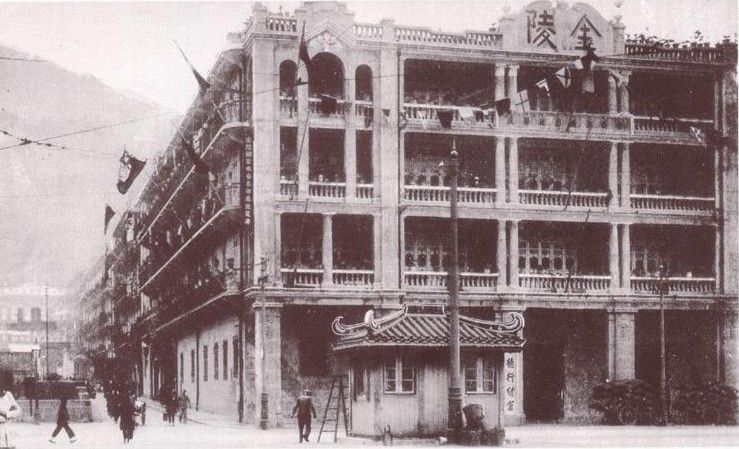
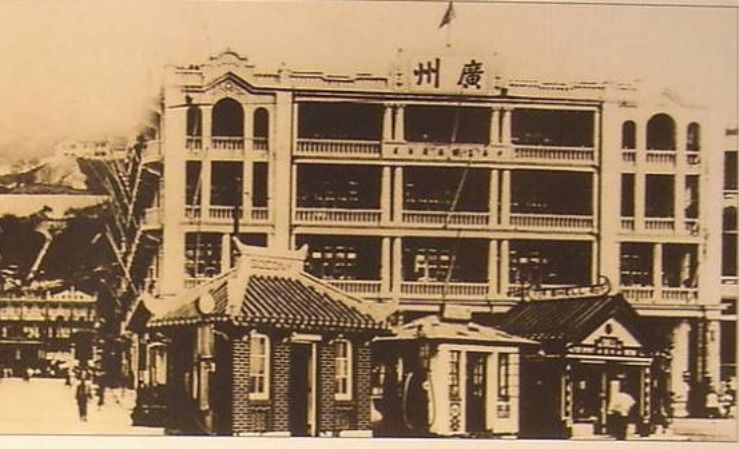
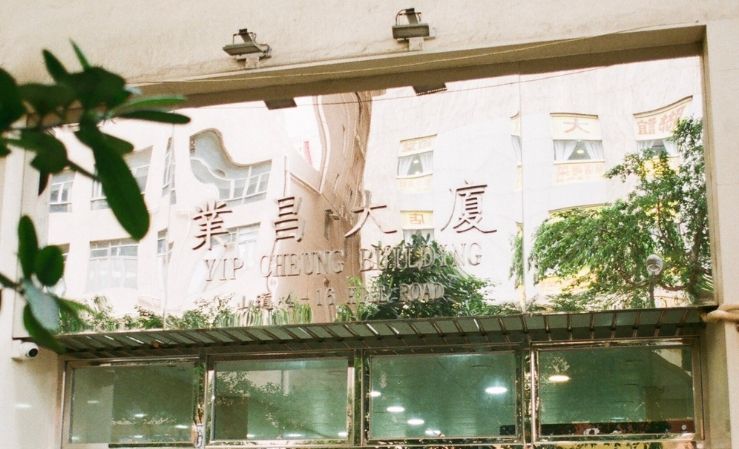
In the 1930s, Kam Ling restaurant moved a few buildings away, and Kwong Chau restaurant came into its place. The tong lau (shophouse) it was housed in was long torn down by the late 1980s, when Rouge was filmed. The restaurant you see in the movie, Sun Tong, closed down in the late 1980s. It was then replaced by Kam Tong restaurant, which in turn closed down in 2002, marking the end of over a century-long line of restaurants standing at this spot. Today, you’ll find a residential building here.
The intersection of 4 – 16 Hill Road and Des Voeux Road West
3. Tai Ping Theatre
I only liked Cantonese operas such as ‘The Gold-leafed Chrysanthemum’, ‘Night of Autumn Happiness’, and ‘Chan Sai-mei’. We used to buy front-row seats, ten couches in a row; $3 a seat.
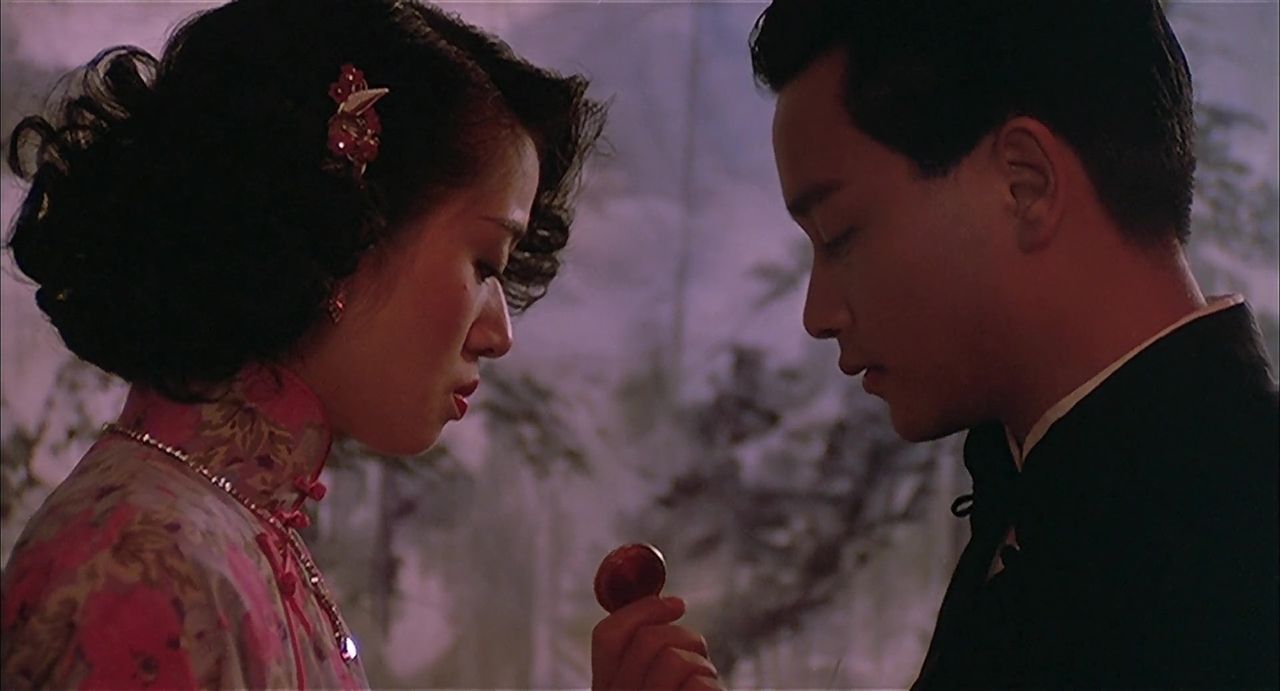
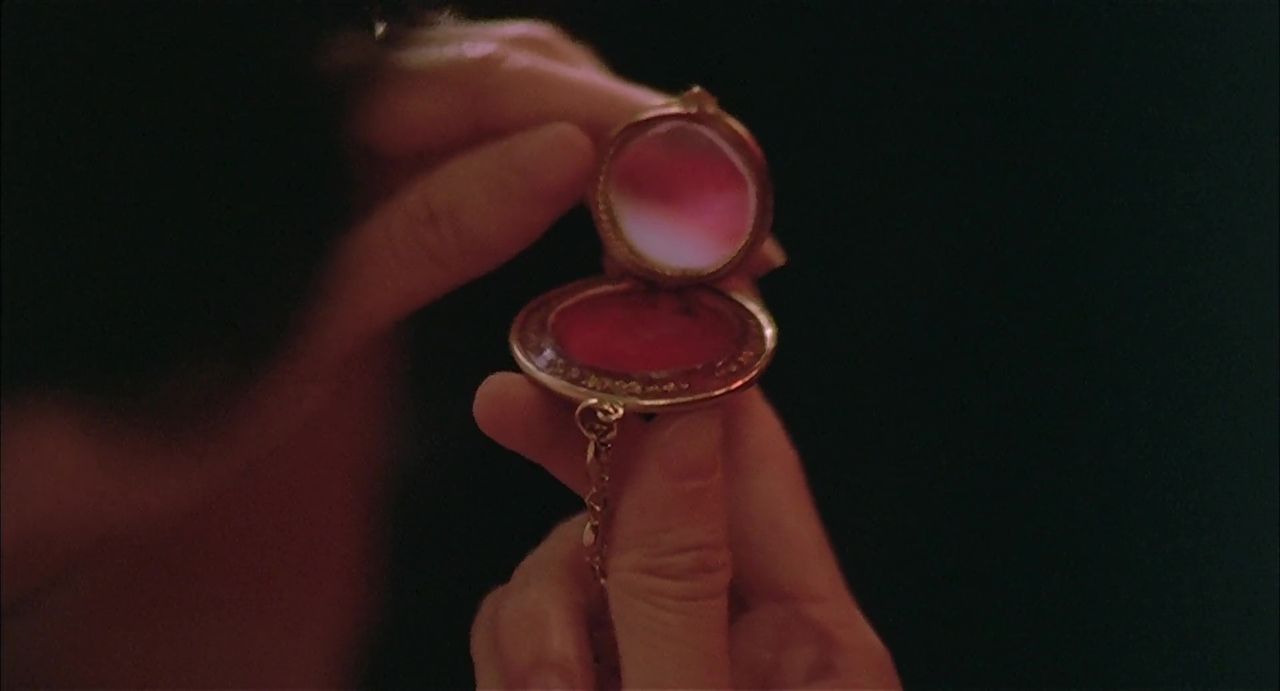
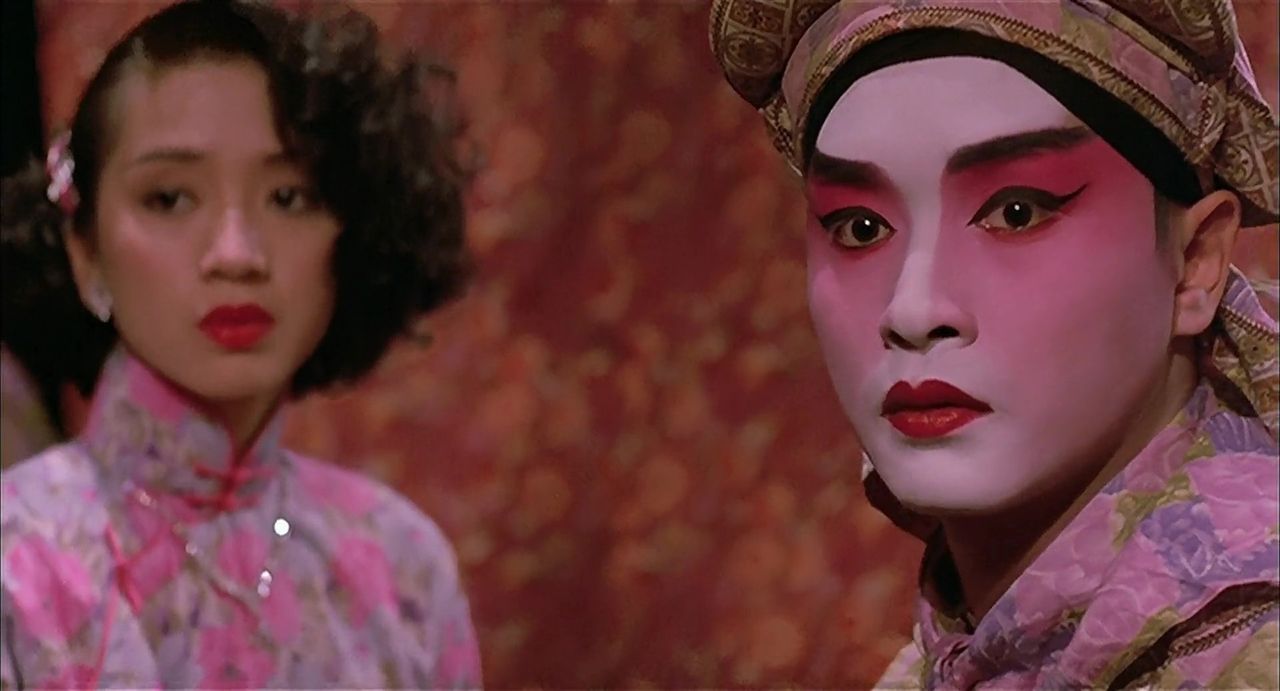
Chan’s parents want him to take over their medicine businesses, but his heart lies at the opera. Much to his parents’ dismay, he decides to give up the shopkeeping business and tries to become an actor. Fleur wants to help Chan follow his dream and lands him a job as an apprentice for a Cantonese opera master in Tai Ping Theatre. Outside of this theatre, Chan buys Fleur a rouge box pendant as a token of his love and gratitude, which she has carried around ever since.

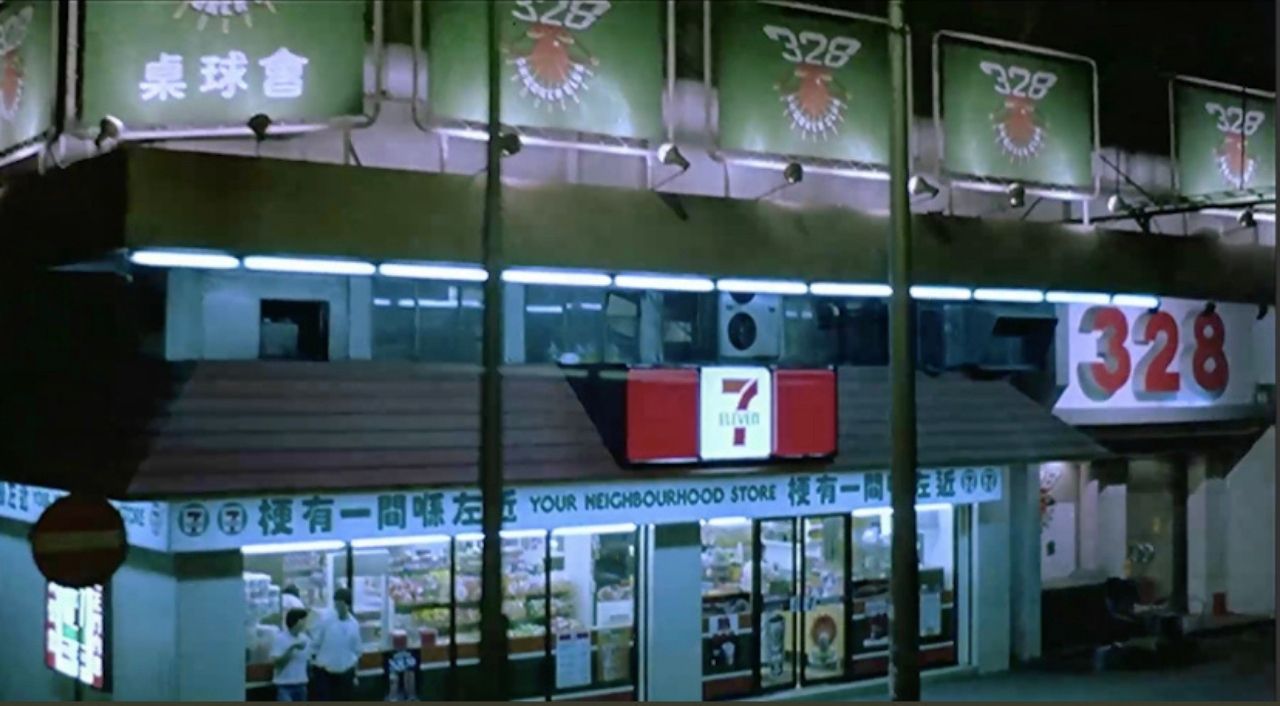
After walking into Yuen-Ting’s newsroom, Fleur follows the journalist on his tram home to Shek Tong Tsui. While the Ding Ding makes its way through the city, Fleur tries to pinpoint where she is and what has happened to the Hong Kong she once lived in. Yuen-Ting tells her that Tai Ping Theatre was taken down a long time ago and has turned into a 7-Eleven.
One of Hong Kong’s grandest theatres
Tai Ping Theatre opened its doors in 1904. The three-storey building was one of the largest theatres in Hong Kong: it could accommodate over 1,000 people. Back then, theatres were built to be multifunctional: people came to watch movies, circus performances, Cantonese opera, and attend social functions.


Tai Ping was the celebrity hangout back in the day; people came from far and wide to see their favourite stars perform here. Courtesans from Yi Hung and other nearby brothels made up a large part of the audience. In 1932, Tai Ping underwent a makeover and expanded to accommodate an even bigger audience of 2,000 people. During WWII, the Japanese military used it as a warehouse.
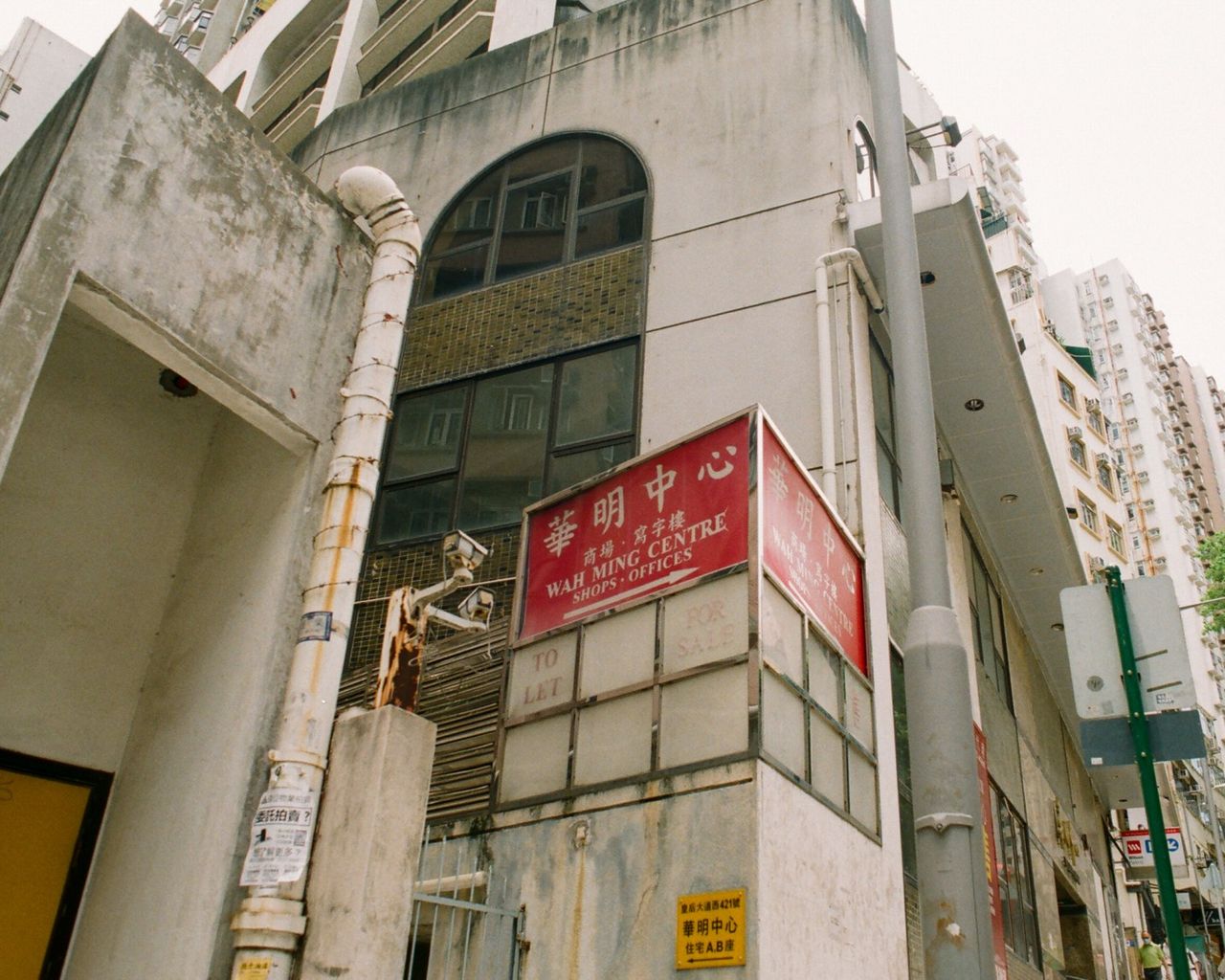
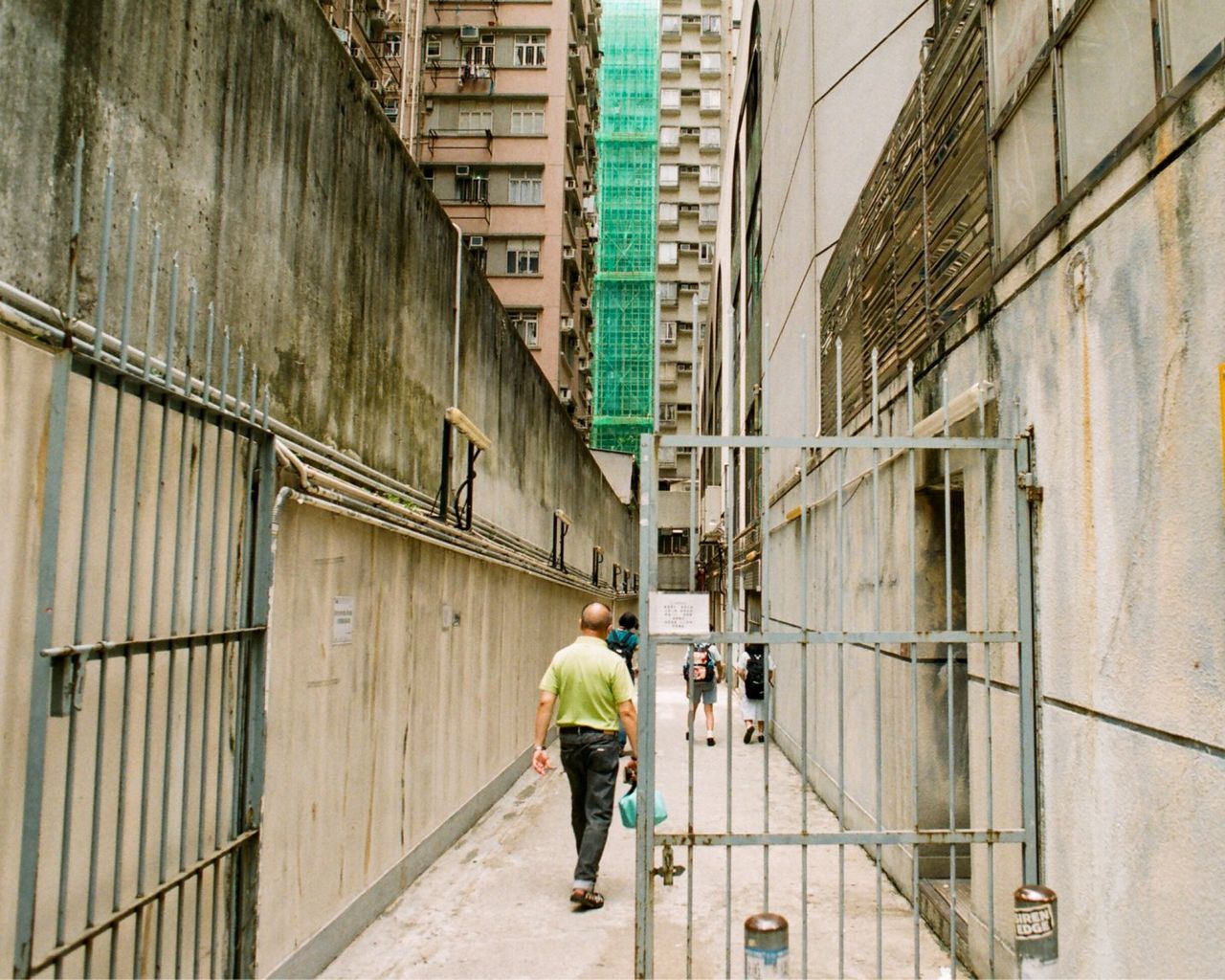
The famous theatre closed down in 1981, a mere six years before Rouge was filmed. It was replaced by a nondescript commercial building, which still stands right here, four decades later.
421 Queen’s Road West
4. The Four Kings
At that time, there were three other brothels in addition to Yi Hung: Fuen Tak, Wing Lok and Choi Fa, collectively called ‘The Four Kings’.
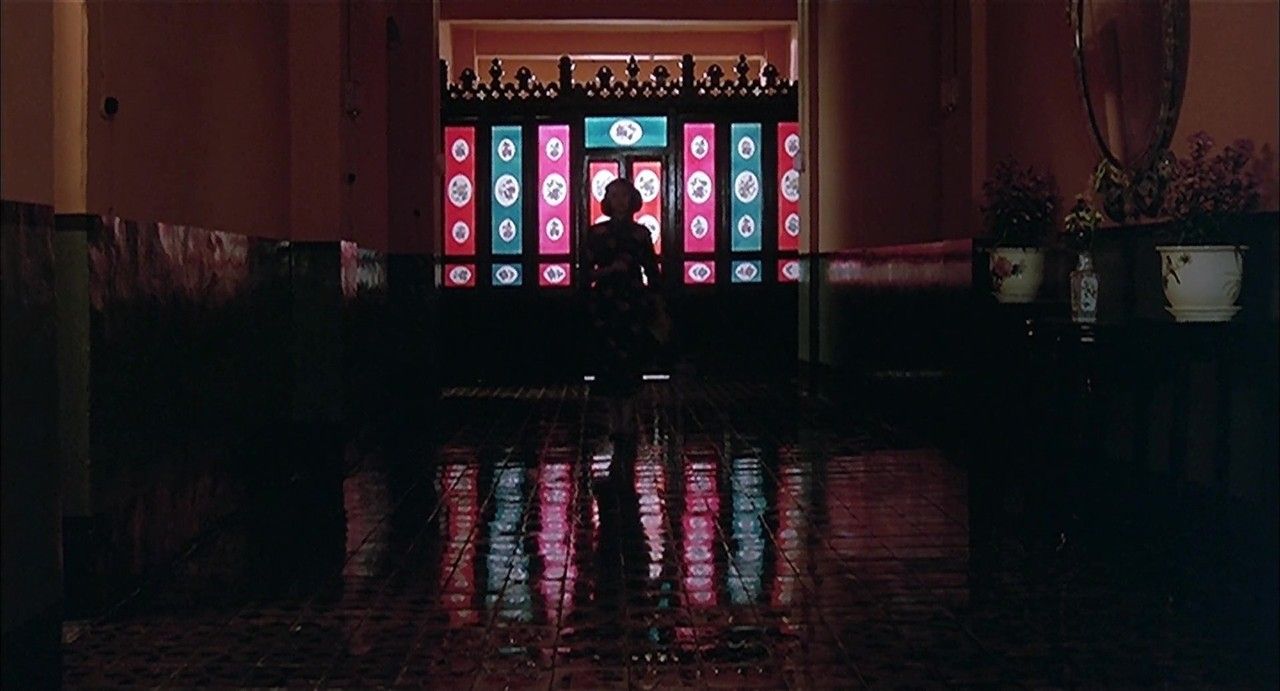
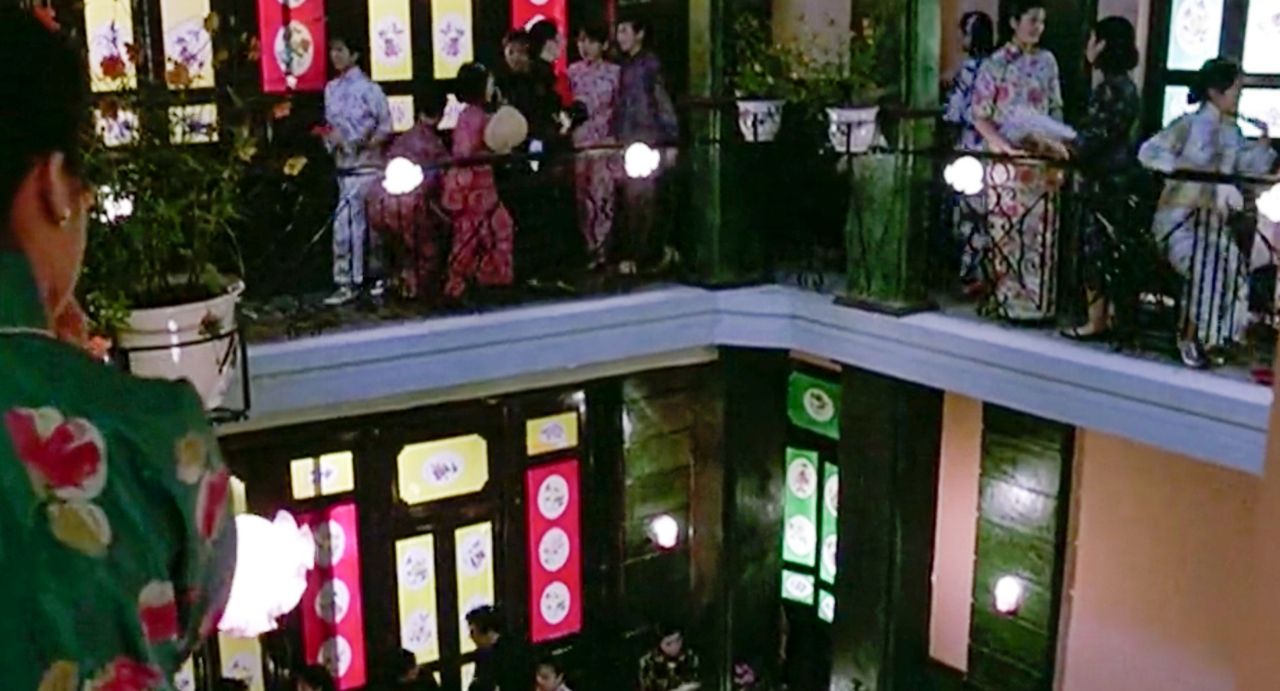
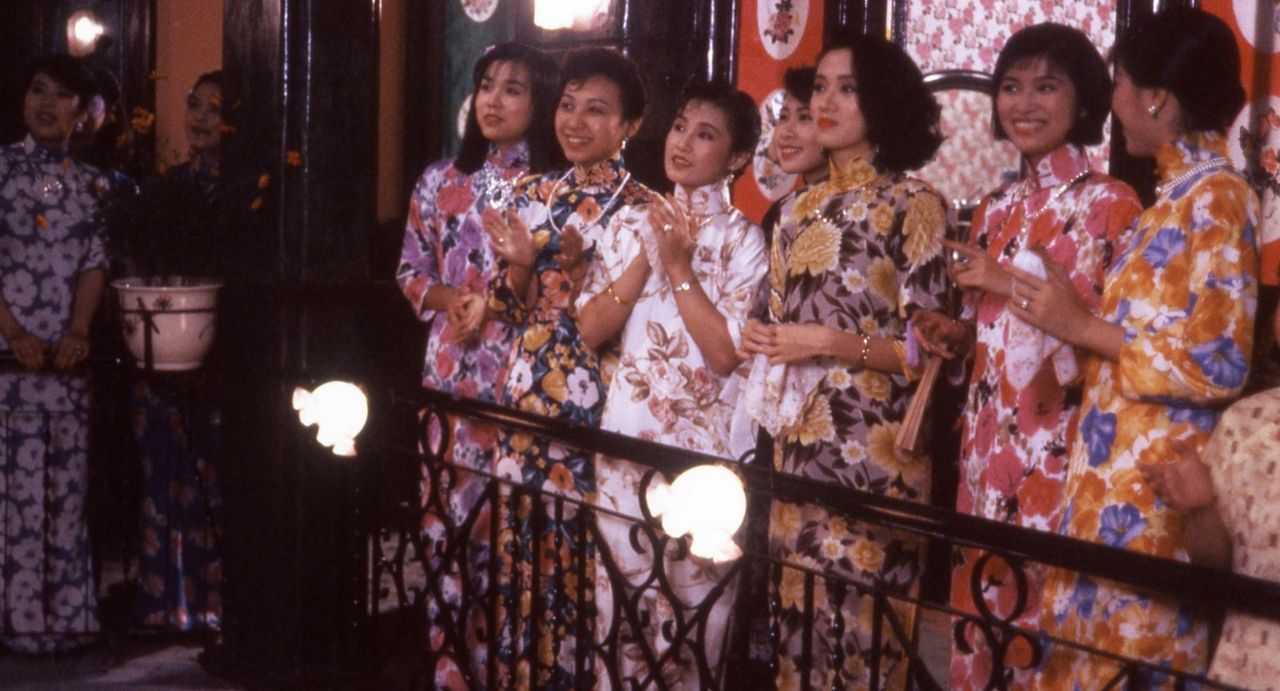
Back in the days, Shek Tong Tsui was infamously known as a red-light district, popular among the city’s elite and workers of the nearby factories—and well beyond. From 1879 to 1932, prostitution was legal and regulated in Hong Kong. In the early 1930s, the city was home to around 200 legal brothels employing over 7,000 licensed prostitutes. The best-known brothels were based in Shek Tong Tsui, and Yi Hung, Fuen Tak, Wing Lok and Choi Fa were the most famous of them all. Boasting multiple floors and only employing high-class courtesans, these ‘Four Kings’ were known as the most extravagant, high-quality brothels in town, catering to an affluent clientele.
Food & Fun
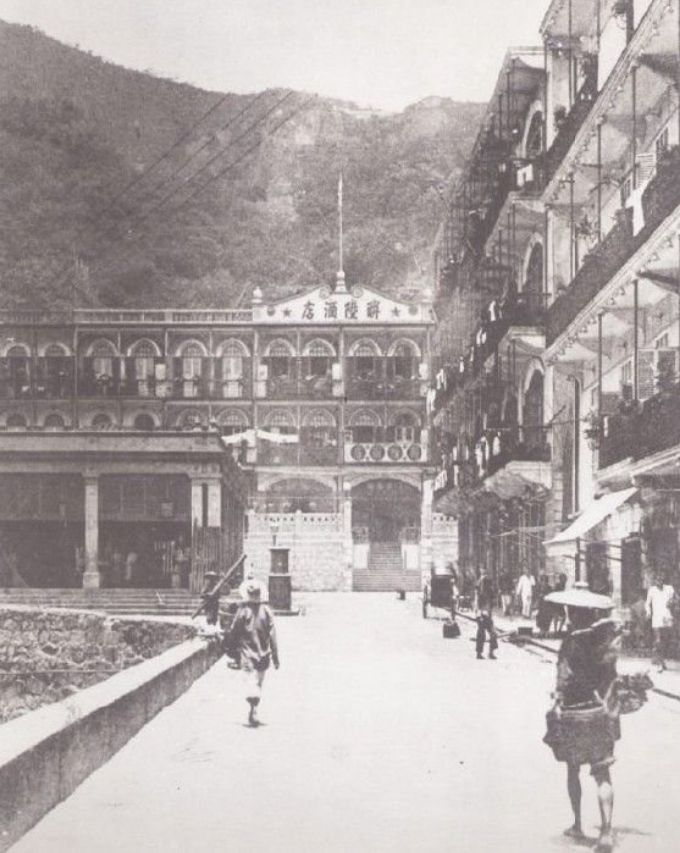
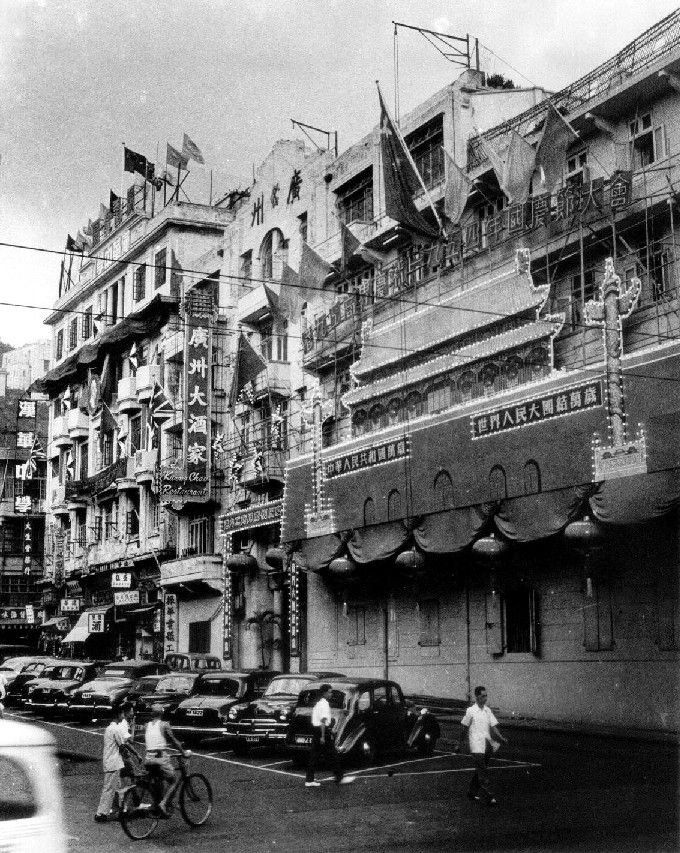
There’s an old saying that goes, “When the belly is full, the mind is among the maids”. It may not come as a surprise that Shek Tong Tsui wasn’t just home to popular brothels, but also to a handful of Hong Kong’s most famous restaurants, including Kam Ling, Tao Yuan, Yi Wo, Luen Shing and Kwong Chau. These fancy eateries held banquets every night and allowed their customers to stay overnight, accompanied by prostitutes from nearby brothels. Kam Ling—the restaurant where Fleur and Chan first met—was one of the best-known of them all.
From seedy to sleepy
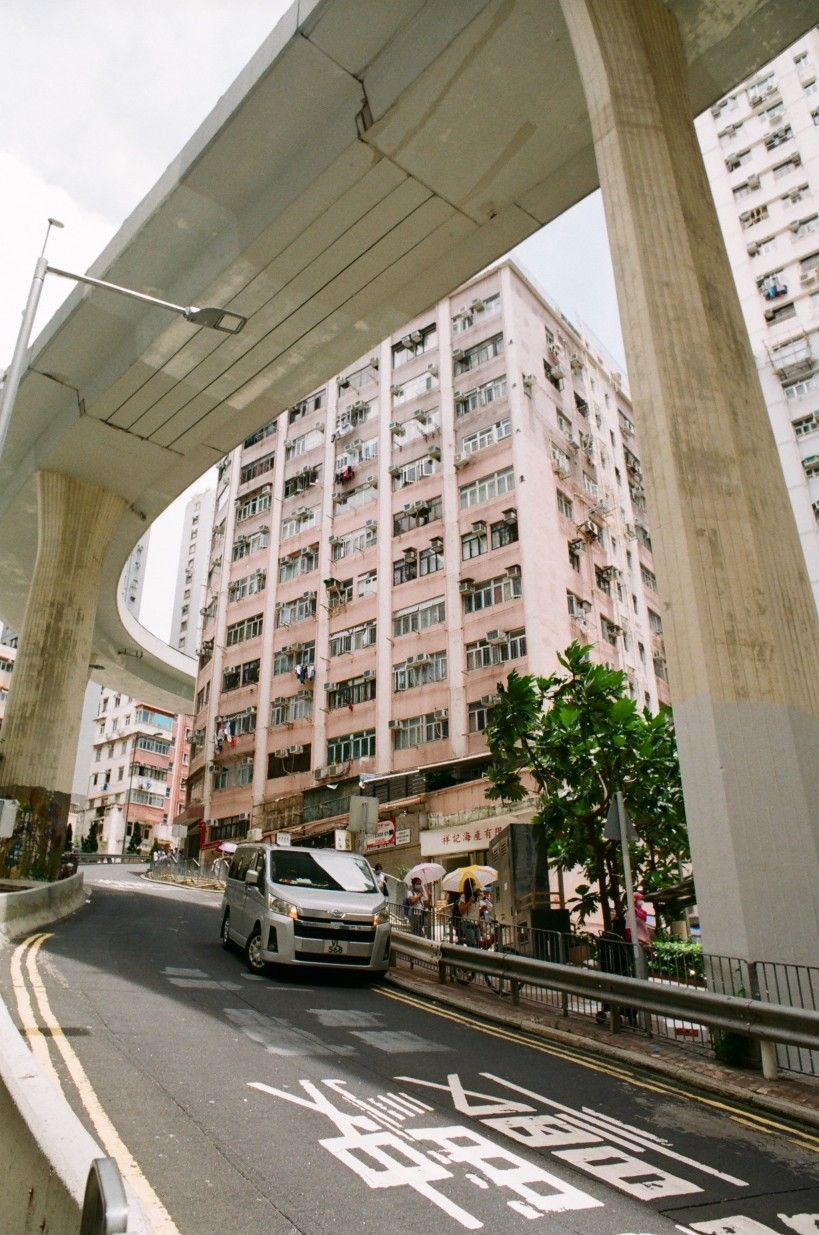
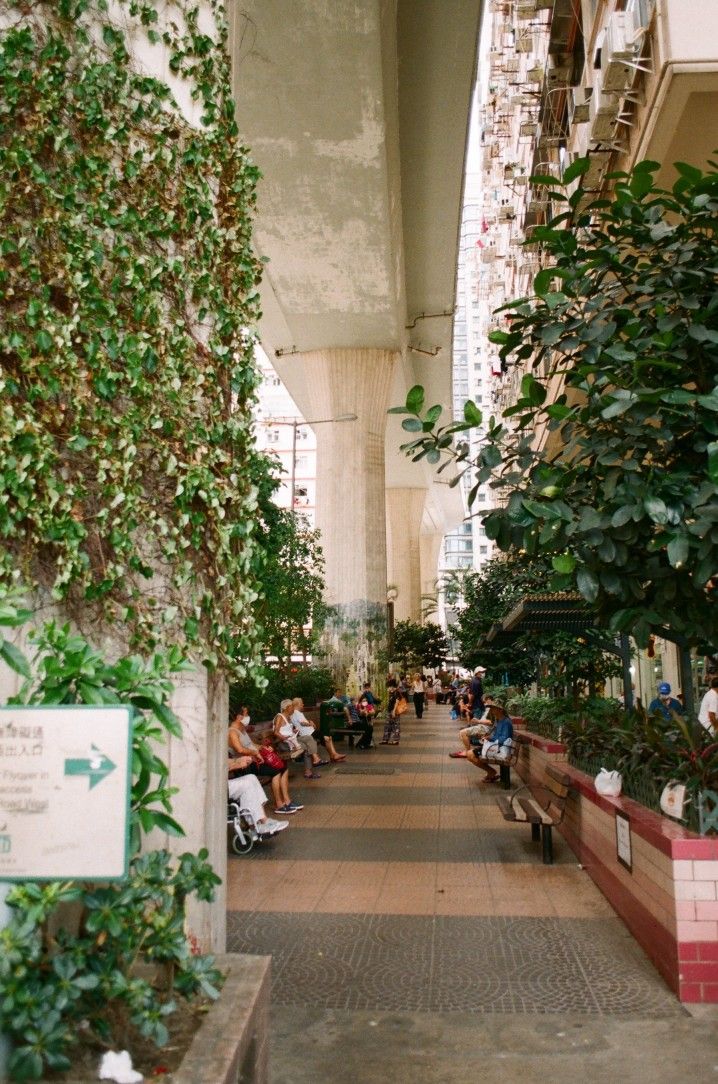

The Hong Kong Government issued a ban on prostitution in 1932, and three years later, licensed prostitution ended. However, during WWII, the Japanese military government relocated all Chinese brothels to Shek Tong Tsui. The area saw its second boom in prostitution: there were approximately 500 brothels around town, which only served the Japanese occupiers. After the Japanese defeat, the prostitution ban returned, and Shek Tong Tsui gradually transformed into a typical residential area. Today, you’ll see elderly residents playing Chinese chess games and students from the nearby university hanging out near the hawker stalls, family-run restaurants and small shops.
5. Hill Road Urban Council
Hong Kong has changed so much.
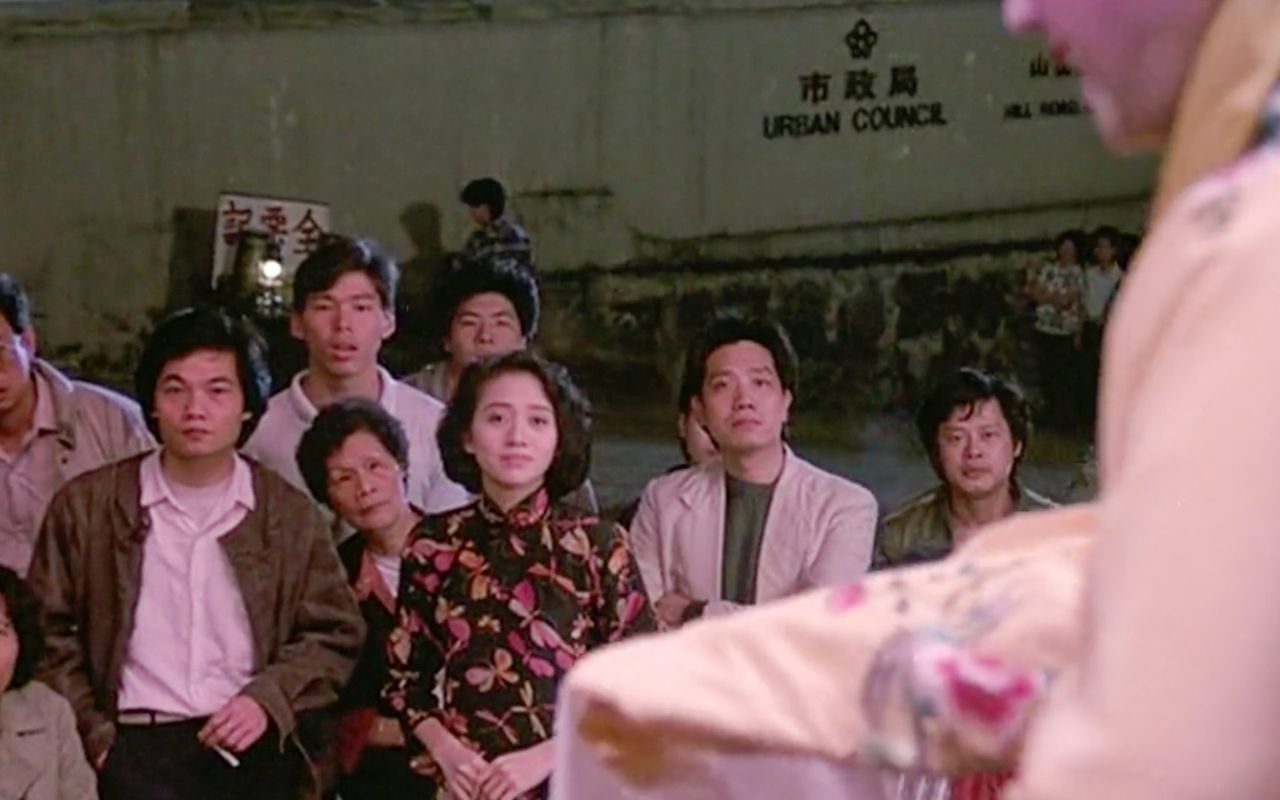

Being a ghost, Fleur can only spend a week in the human world: the sunlight and worldly energy weaken her a little more with every passing day. On the seventh day, Yuen-Ting and Ah Chor find a tired Fleur watching a Chinese opera at the Urban Council on Hill Road, reminiscing Chan. Is she going to find him there, and will her restless spirit find peace at last?
From council to cooked food
Today, the Hill Road Urban Council has become the Shek Tong Tsui Market and Cooked food centre. In the 1980s, the Shek Tong Tsui Municipal Services Building was built here as well. Inside, you’ll find a library and stadium.

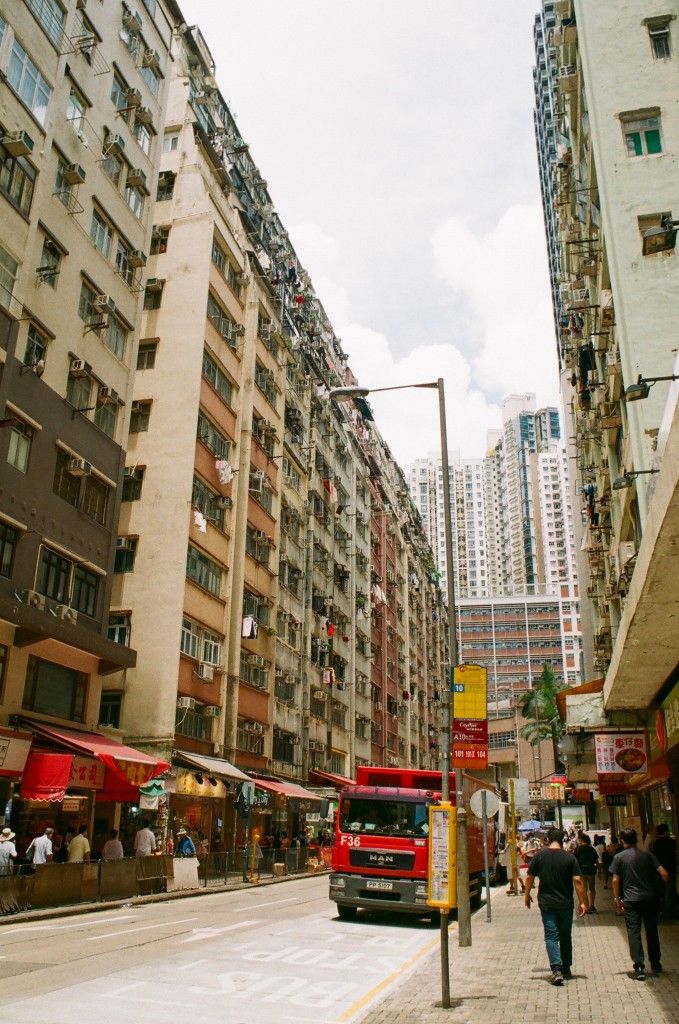
470 Queen’s Road West
Credits
Powered by

Created by

About
iDiscover Academy iDiscover Academy
This walk was curated as part of an iDiscover Summer School in 2020. 12 young Hongkongers were invited to unveil the historical layers in the old neighbourhoods of Shek Tong Tsui and Sai Ying Pun. Zooming in to street level, they took a deep dive into local culture and living heritage. 這條路線是2020年iDiscover暑期學校的一部分。12名香港年輕人受邀揭開石塘咀和西營盤老街區的歷史層次。放大到街道層面,他們深入了解了當地文化和生活遺產。
i-discoveracademy.comStephanie Lam Stephanie Lam
Stephanie is passionate about film. She shot all of the photos in this article of present-day Hong Kong on 35mm film to encapsulate the movie’s nostalgic mood. 斯蒂芬妮對電影充滿熱情。她用 35 毫米膠卷拍攝了這篇文章中的所有現代香港照片,以概括電影的懷舊情緒。
@fillm.jpg